 The yakuza need no introduction. The organized crime groups appear throughout Japanese and American films. Next to the Italian mafia, they are the most famous crime group.
The yakuza need no introduction. The organized crime groups appear throughout Japanese and American films. Next to the Italian mafia, they are the most famous crime group.
The name yakuza comes from a losing hand in a traditional Japanese card game. Ya ku sa — eight, nine, three. The group began in the Tokugawa period, also known as the Edo period, with the seemingly odd combination of gamblers and itinerant peddlers joining forces (Hill, 2004). The yakuza have always kept to their roots as you will see by the end of this article.
During the formation of the yakuza, the Tokugawa authorities used the group to help them control the populace and gather intelligence about the lords of each area. The fledging yakuza also acted as labor brokers for government construction projects and even as festival organizers. They keep these same roles today (Hill, 2004; Adelstein, 2010).
Throughout their history, the yakuza only hid underground during brief periods of persecution. They’ve long enjoyed if not government sanction, government tolerance. During the 1930s, they organization faced crackdowns until the near-total collapse of the economy during World War II provided them with black market opportunities. As the economy improved in the post-war years, the yakuza shifted toward bars, clubs, restaurants, and sexual service businesses in addition to their old roles as labor brokers and construction firms (Hill, 2004).
The yakuza often feuded with their different branches vying for dominance. The violence rarely spilled to civilians and public officials, but during the 1960s and the 1980s, the conflicts required the Japanese government to intercede when the public felt threatened. Public perception of the yakuza shifted between viewing them as rough diamonds with their own honor code to thugs, depending on the violence level of the gangs and their mix of legal and illegal actions.
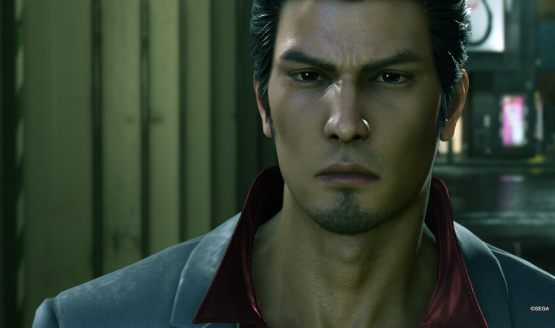
During the 1960s, the government grew tired of the gang warfare and cracked down. The effort led to the disbanding of many high-end gangs and forced the yakuza to move away from gambling and other crimes. They turned toward corporate blackmail, protection rackets, political intelligence, real estate, and stock trading. They got into debt collection and other services that had consumer demand.
The yakuza would sometimes protect debtors from creditors during economic downturns.When both parties had yakuza behind them, violent conflict sometimes broke out. But most of the time, the gangs would work out a settlement between the parties (Hill, 2004).
In the mid 1980s, the Yamaguchi-gumi split following a leader succession dispute. A 5-year conflict erupted that resulted in 25 deaths and 70 injuries—4 civilians were hurt—and over 500 arrests. When compared to US gang wars, this would be considered benign, by Japanese standards this was a major event (Hill, 2004). For perspective, in 1974 there were 70 gang-related homicides in Los Angeles alone. The 4 civilian deaths are unusual during the yakuza war. They typically don’t attack non-members (Adelstein, 2010).
As criminal gangs go, yakuza are genteel, especially compared to the Italian mafia. The yakuza typically don’t get involved in theft, armed robbery, or other street crimes. Throughout the 1990s and early 2000s, they owned office buildings, their own business cards, and even fan magazines. An estimated 40% of all small business loans went to companies created by the yakuza (Adelstein, 2010). The organizations work as stock brokers and even as real estate agencies.
The Japanese government recognizes and regulates 22 yakuza organizations. Some government officials have called on the yakuza to clean up scandals and take care of debt issues (Adelstein, 2010). They are thought of as fraternal organizations, and their leaders often appear as public figures. For example, each New Year’s day, the head of the Yamaguchi-gumi, Kiyoshi Takayama, gave envelopes filled with cash to the children of Kobe.
The Yakuza Hierarchy
Think of yakuza structure as a 3-tier pyramid,. Within each tier, recruits pledge allegiance to the oyabun, a father figure, and the oyabun reports to the oyabun in the tier above him. They command absolute loyalty.
The topmost tier receive membership dues from all lower tiers, and the headquarters uses the money to fund operations like stock market ventures or loan-shark shops. They headquarters can operate like a private equity group, putting money toward large-scale fraud.
An estimated 86,000 yakuza members exist in Japan. While crime groups in the US have seen memberships decline, the yakuza grow (Adelstein, 2010).
Yakuza keep their tradition of getting tattoos. Tattoos in Japanese society associate with delinquency and crime. Many hotels and pools and spas bar tattooed people from visiting because of this association.
Political Influence
Since their founding in the Tokugawa period, the yakuza have influenced politics. Calling themselves ninkyo dantai, chivalrous organizations, they can shift political party power. In fact, the Liberal Democratic Party of Japan couldn’t exist without the financial and political support of Yoshio Kodama, a right-wing activist and industrialist group with yakuza connections. In return, the yakuza enjoyed an agreement that no serious crackdowns on them would take place. The yakuza would remain legal for all purposes. As another example: in 2007, the 40,000 member Yamaguchi-gumi threw in their support of the Democratic Party of Japan in exchange for keeping a criminal conspiracy law from enacting for a few more years (Adelstein, 2010).
Finger Cutting
We can’t discuss the yakuza without discussing finger cutting. Yubitsume, or finger shortening, is self mutilation to atone for a mistake. It involves slicing off the little finger at the joint.
The act weakens grip on knives and swords and firearms, putting the member at a disadvantage in future fights. The offending kobun, soldier, would become more dependent on his boss for protection.
The act isn’t usually imposed. Rather, the offender decides for himself as a demonstration of repentance in the hopes of avoiding a more serious punishment. The boss may decide the Yubitsume isn’t enough. The offender may then be forced to commit seppuku or be expelled if the offense is serious enough.
Amputated fingers to avoid punishment are called shuniyubi¸or dead finger. When the finger is amputated to resolve a conflict it is called ikiyubi or loving finger. This finger is a symbol of sincere loyalty. The man isn’t necessarily an offender.
The desire of yakuza to be less conspicuous has led to the decline of this practice. Financial penalties and expulsion are favored now (Bosmia, 2014).
Yakuza and Film
Finally, most of us know yakuza through movies. We associate them with hard-boiled gangsters who do whatever is necessary for the group. But when yakuza films began, women associated with the genre. Sadly, Western scholars and film releases tended to ignore female yakuza stories and actresses like Misora Hibari. Instead, they focused on the male heroes, stars, and directors.
Yakuza movies appeared at the end of the Allied Occupation with Misora Hibari playing many yakuza characters during this period. She even cross dressed as a male for many stories. These female characters represented the improving post-war Japanese identity and desires (Coates, Jennifer, 2017):
This association of the female body with the nation is reflected in postwar yakuza film in the frequent costuming of the female yakuza heroine in red and white, the color of the Japanese flag.
These actresses took on patriarchal roles, even for their female characters–protecting other women, children, and sex workers. Coates (2017) explains the importance of females taking on this typically male role:
While the yakuza heroine is a model of individualism and female emancipation, the motivations behind her gender performance are embedded in neoConfucian patriarchal values. In this way, the female yakuza heroines of the 1950s and 1960s suture a Japanese performance of self formed by occupation policy back into an imagined ‘traditional’ Japanese context.
The yakuza came to symbolize the new Japan and new Japanese independence. The criminal organization’s mix of legal and illegal activities allows them to exist in a gray area. They appear as fraternities and as heroes; they appear as dangerous criminals and honorable ruffians. Modern Japan can trace much of its culture and customs to the long peace of the Tokugawa period. The yakuza number among them. In many regards, Japan would’ve developed along a different course without the yakuza.
References
Adelstein, Jake (2010) The Last Yakuza. World Policy Journal 27 (2). 63-71.
Bosmia, Ananda and others (2014) Yubistume: ritualistic self-amputation of proximal digits among the Yakuza. J. Inj Violence Res. 6 (2) 54-56.
Coates, Jennifer (2017) Gambling with the Nation: Heroines of the Japanese Yakuza Film 1955-1975. Japanese Studies 37 (3) 353-369.
Hill, Peter (2004) The Change Face of the Yakuza. Global Crime. 6 (1) 97-116.
Hill, Peter (2003) Heisei Yakuza: Burst Bubble and Botaiho Social Science Japan Journal. 6 (1) 1-18.

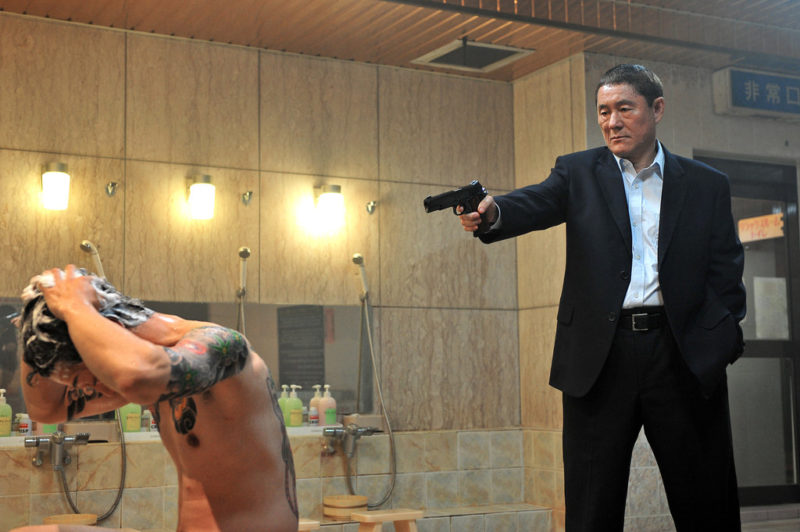
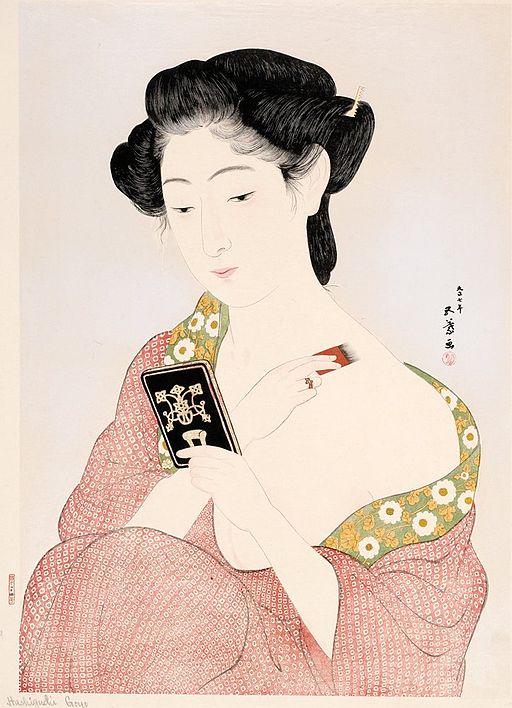
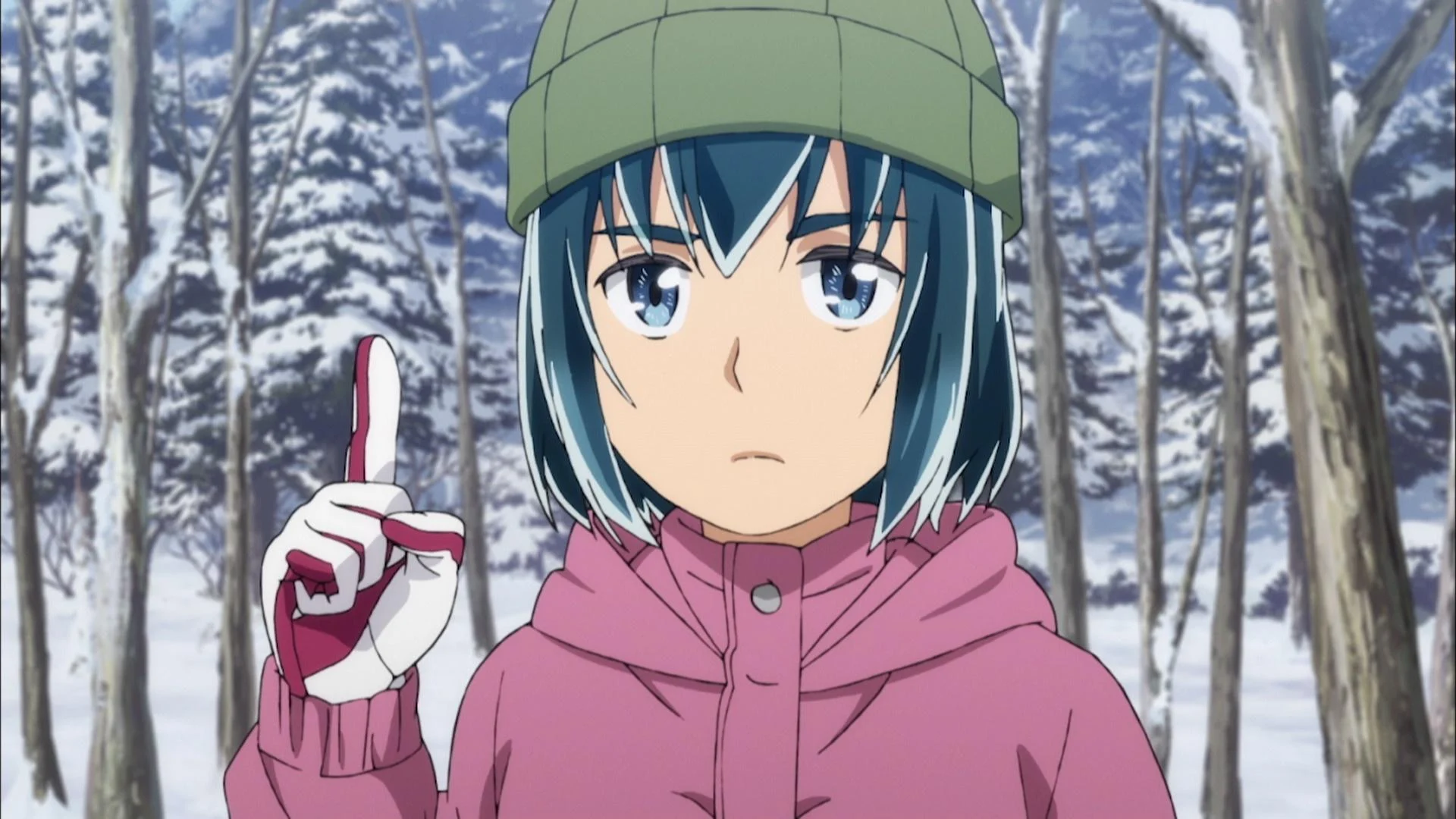
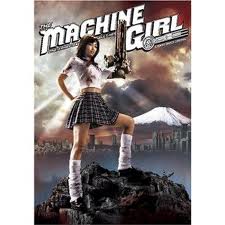
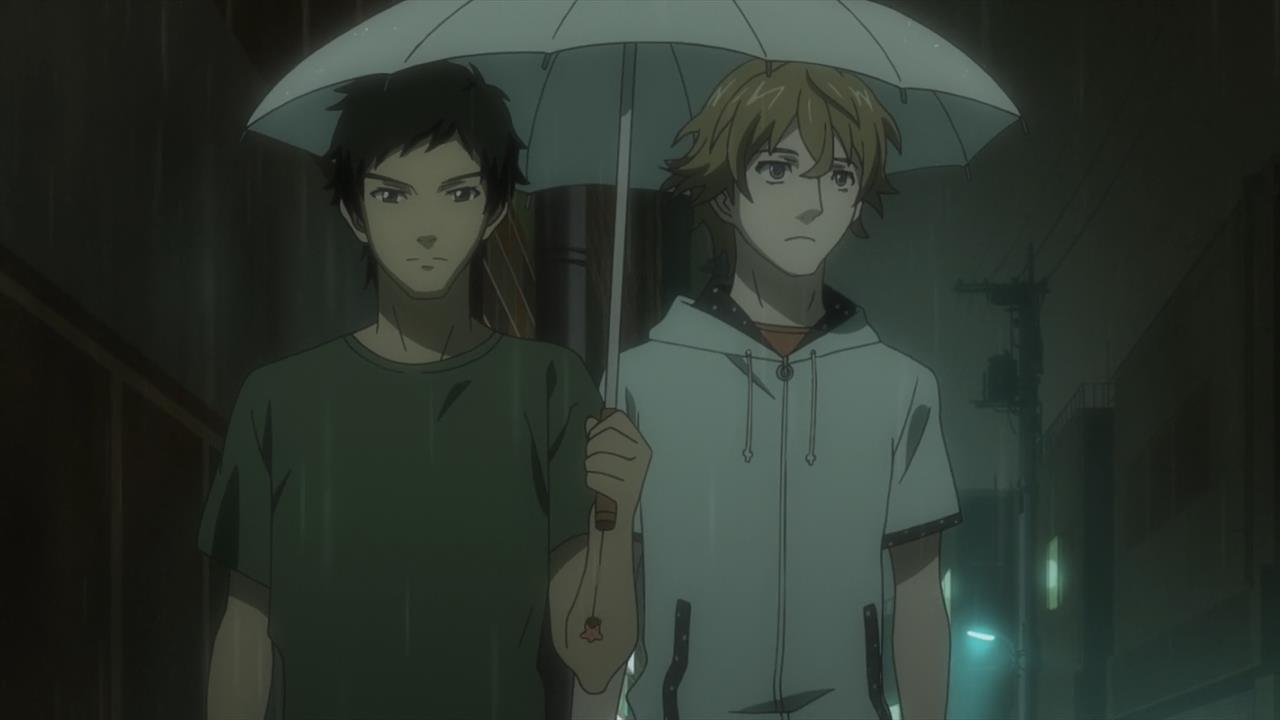
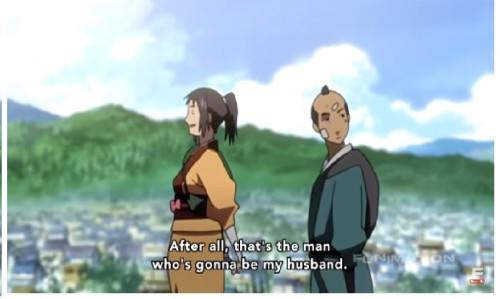
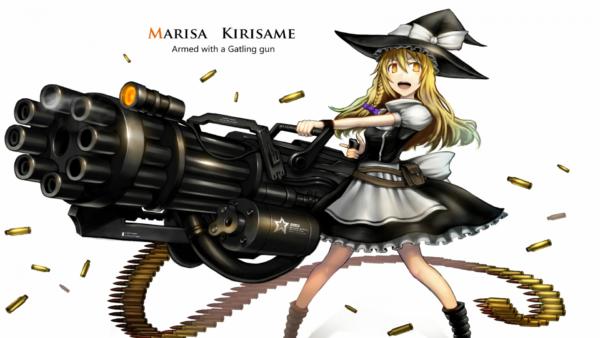
Mr. Kincaid, really I am glad I have come to find your blog, and it is so interesting and full of articles, explainations in almost full details! I want to thank you for the great public job you do here…Thanks for sharing so much with us about this difficult and wonderful country 🙂
Thank you! I’m glad you enjoy the articles.
THis is really interesting could you also give a list of all known Yakuza organisations in Japan? If thats not to much to ask.
Have a nice day as well as.
I’m not one for Wikipedia, but this page appears to have solid references https://en.wikipedia.org/wiki/List_of_Yakuza_syndicates
Excellent post Chris!! Curious to know the link between them and the Pachinko parlours, maybe in an another post.
Thank you! Yes, I have plans to look at Pachinko in a separate article.